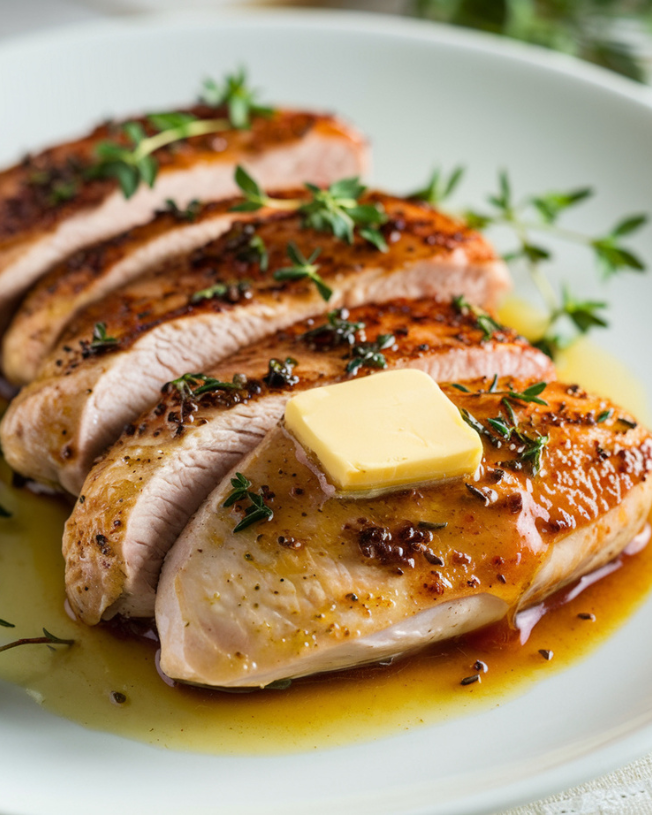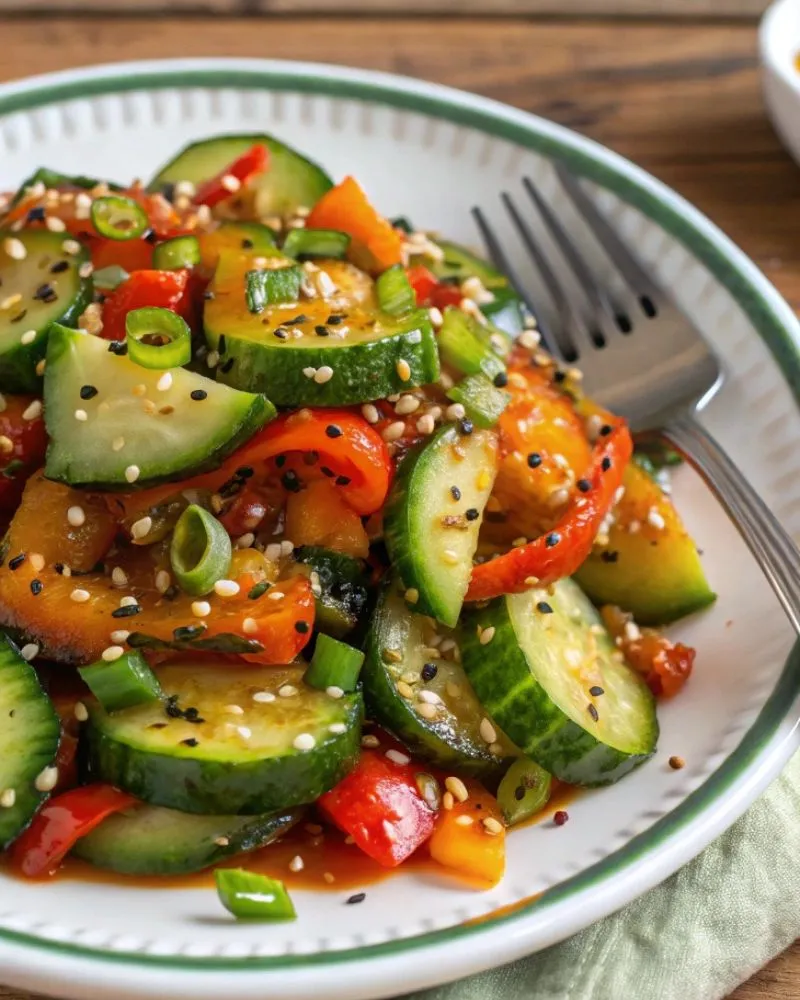Jidori chicken is a prized delicacy that has captivated chefs and food lovers alike. Known for its superior taste, firm texture, and ethical farming methods, Jidori chicken stands out in the culinary world. In this guide, we will explore its origins, unique characteristics, health benefits, and the best ways to prepare this exceptional poultry.
Table of Contents
ToggleWhat is Jidori Chicken?
artisan Japanese chicken is a premium, farm-fresh chicken originating from Japan. The term “Jidori” translates to “local bird” and refers to free-range chickens raised under strict, high-quality farming standards. Unlike mass-produced poultry, Jidori chickens are bred for flavor, texture, and freshness, making them a sought-after ingredient in gourmet kitchens.
this chicken was first introduced in Japan in the 1960s as a response to the growing demand for high-quality, naturally raised poultry. Unlike conventional chickens, which are mass-produced under industrial conditions, there are raised in small farms with ample space to roam, ensuring that they develop stronger muscles and richer flavors.
Why is Jidori Chicken Special?
1. Superior Taste and Texture
free-range Japanese chicken is renowned for its rich, deep flavor and firm yet tender texture. Unlike standard chicken, which can be bland and watery due to commercial farming practices, Jidori chickens develop robust muscle fibers that enhance their natural umami taste. A scientific study highlights how arachidonic acid in Jidori chicken contributes to its intense flavor, making it a favorite among chefs and food enthusiasts.
2. Freshness and Quality Control
A key trait of Jidori chicken is its exceptional freshness. The birds are processed on the same day they are slaughtered, ensuring that the meat retains its natural moisture and flavor. This high level of freshness makes Jidori chicken ideal for sashimi-style dishes, yakitori, and gourmet cuisine. Research on the physicochemical properties of Jidori chicken (PubMed) confirms that it retains more moisture compared to conventional poultry, resulting in juicier, more flavorful meat.
3. Ethical and Sustainable Farming Practices
free-range Japanese chickens are raised without antibiotics, hormones, or artificial additives. Their diet consists of natural grains and organic feed, allowing them to grow at a healthy and natural pace. The humane treatment of these birds ensures stress-free lives, which directly impacts the superior quality of their meat. Studies show that ethically raised poultry often has better texture and flavor, making it a preferred choice for conscious consumers.
4. Rich Nutritional Profile
Jidori chicken is not only delicious but also highly nutritious. Compared to conventional poultry, it contains:
- Higher protein content for muscle growth and repair
- Lower fat levels, making it a leaner, healthier option
- Essential amino acids and vitamins that support overall well-being
Additionally, research on Hakata Jidori chicken suggests that its unique composition may even support memory function, highlighting its potential as a functional food.
How to Cook Jidori Chicken for Maximum Flavor
Artisan Japanese chicken’s exceptional quality makes it versatile for various cooking methods. Here are some of the best ways to prepare it:
1. Yakitori – Japanese Grilled Skewers
Yakitori is one of the most traditional ways to enjoy Jidori chicken. The meat is cut into small pieces, skewered, and grilled over charcoal for a smoky, umami-rich flavor. Common variations include:
- Negima – Chicken and green onion skewers
- Tsukune – Minced chicken skewers with a sweet soy glaze
- Momo – Grilled chicken thighs with sea salt or tare sauce

2. Jidori Chicken Sashimi
Due to its unparalleled freshness, Jidori chicken can be served raw in select preparations, such as tataki (lightly seared) or sashimi-style slices. This delicacy is enjoyed with soy sauce, wasabi, and ponzu for an authentic Japanese experience.

3. Roasted Jidori Chicken
Roasting brings out the natural juices and crisp skin of Jidori chicken. To achieve the best results:
- Season with sea salt, garlic, and fresh herbs
- Roast at 375°F (190°C) for 45-60 minutes, depending on size
- Let it rest for 10 minutes before carving

4. Pan-Seared Jidori Chicken Breast
A simple yet elegant way to enjoy Jidori chicken is pan-searing. This method locks in moisture and creates a golden-brown crust.
- Heat a pan with butter or olive oil
- Season the chicken with salt and pepper
- Cook on medium heat for 6-7 minutes per side
- Let it rest before slicing
5. Jidori Chicken in Ramen or Hot Pot
Jidori chicken makes an excellent addition to ramen or hot pot dishes, as it enhances the broth with its natural umami flavor. Slow-cook the chicken with kombu, miso, and mushrooms for a rich, comforting meal.

Sautéed Jidori Chicken
Ingredients
For the Sautéed Jidori Chicken:
- 4 Jidori chicken breasts
- Salt and freshly ground black pepper to taste
- 2 tablespoons olive oil
- 2 cloves garlic minced
- 1 shallot thinly sliced
- ½ cup dry white wine
- 1 cup chicken broth
- 1 cup cherry tomatoes halved
For the Baked Polenta:
- 1 cup yellow cornmeal polenta
- 4 cups water or chicken broth
- 2 tablespoons butter
- ½ cup freshly grated Parmesan cheese
- Salt and freshly ground black pepper to taste
For the Pesto Cream Sauce:
- 1 cup fresh basil leaves
- ¼ cup pine nuts lightly toasted
- 2 cloves garlic
- ½ cup olive oil
- ½ cup grated Parmesan cheese
- 1 cup heavy cream warmed
- Salt and freshly ground black pepper to taste
Instructions
Prepare the Baked Polenta
- Preheat oven to 375°F (190°C). Coat a baking dish with olive oil or butter.
- In a saucepan, bring 4 cups of water to a boil. Gradually stir in 1 cup of polenta, whisking continuously.
- Reduce heat to low and cook for 10-15 minutes, stirring frequently, until thick and creamy.
- Stir in ½ cup grated Parmesan cheese, 2 tbsp butter, salt, and pepper.
- Transfer the polenta to the greased baking dish, smoothing the top.
- Bake for 20-25 minutes until firm and slightly golden. Set aside to cool slightly before slicing.
Sauté the Jidori Chicken
- Season 2 boneless, skin-on Jidori chicken breasts with salt, pepper, and a pinch of garlic powder.
- Warm 2 tbsp of olive oil in a skillet over medium-high heat.
- Place the chicken skin-side down and sear for 4-5 minutes until crispy and golden brown.
- Flip the chicken and cook for another 4-5 minutes until cooked through (internal temp: 165°F/74°C).
- Transfer to a plate and let it rest for 5 minutes before slicing.
Make the Pesto Cream Sauce
- In a saucepan, heat 1 tbsp butter over medium heat.
- Add 1 cup heavy cream and bring to a gentle simmer.
- Stir in ¼ cup pesto sauce and ¼ cup grated Parmesan cheese.
- Simmer for 2-3 minutes, stirring constantly, until smooth and creamy.
Assemble & Serve
- Slice the baked polenta into squares or rounds and place on plates.
- Arrange sliced Jidori chicken on top.
- Drizzle with the pesto cream sauce.
- Garnish with fresh basil, extra Parmesan, or pine nuts.

Video
Notes
- Jidori Chicken: Jidori chicken is a special, free-range chicken that’s super tender and flavorful. If you can’t find it, no worries! You can use any high-quality, boneless, skinless chicken breasts or thighs for a delicious result.
- Polenta: You can make the baked polenta ahead of time and store it in the fridge for up to 3 days. When you’re ready to serve, just reheat it in the oven or on the stovetop. For an extra creamy texture, feel free to stir in a bit more cream or cheese when reheating.
- Pesto Cream Sauce: Want to save time? Use store-bought pesto! But if you’re up for it, homemade pesto with fresh basil, garlic, pine nuts, Parmesan, and olive oil will take the dish to the next level. For a lighter twist, you can swap the heavy cream for half-and-half or coconut milk if you’re looking for a dairy-free option.
- Searing Chicken: To get the perfect golden crust on the chicken, do not overcrowd the skillet. Cook the chicken in batches to keep it nice and crispy if needed.
- Customization: Want to mix it up? Add some veggies to the polenta or serve with a fresh salad on the side for some extra crunch. You could even sprinkle some toasted pine nuts or fresh herbs on top for a little extra flavor.
- Storage: Leftovers? No problem! Store the chicken, polenta, and pesto sauce separately in the fridge for up to 3 days. Just reheat the chicken and polenta in the oven, and warm the sauce on the stovetop before serving again.
Nutrition Information (per serving):
- Calories: 1,418 kcal
- Fat: 87g
- Saturated Fat: 27g
- Carbohydrates: 47g
- Fiber: 4g
- Sugar: 5g
- Protein: 83g
- Cholesterol: 180mg
- Sodium: 1,215mg
More Healthy Chicken Recipes you’ll love:
Where to Buy Jidori Chicken
Artisan Japanese chicken is a premium product, often found in:
- Japanese specialty stores
- High-end butcher shops
- Online gourmet meat suppliers
When purchasing Jidori chicken, look for organic, hormone-free labels to ensure the highest quality.
Is Jidori Chicken Worth the Price?
Absolutely! Whileartisan Japanese chicken costs more than standard poultry, its unmatched flavor, superior texture, and ethical farming practices make it a worthwhile investment. Many top chefs prefer Jidori chicken for its high culinary value, making it the gold standard in gourmet poultry.
FAQS:
What is special about Jidori Chicken?
Jidori chicken is known for its amazing flavor, tenderness, and texture, making it a popular choice in Japanese cuisine.
Is Jidori Chicken organic?
It’s not always certified organic, but it’s raised in a natural, free-range environment.
Who owns Jidori Chicken?
Jidori chicken is produced by various farmers, especially in Japan, and sold by specialty distributors.
Is Jidori Chicken raw?
Jidori chicken can be sold raw, but it needs to be cooked properly before eating.
Final Thoughts: Elevate Your Cooking with Jidori Chicken
artisan Japanese chicken is a culinary treasure that offers unparalleled taste, freshness, and quality. Whether grilled, roasted, or served sashimi-style, this premium poultry elevates any dish. If you’re looking to experience the best chicken available, Jidori is the perfect choice.





